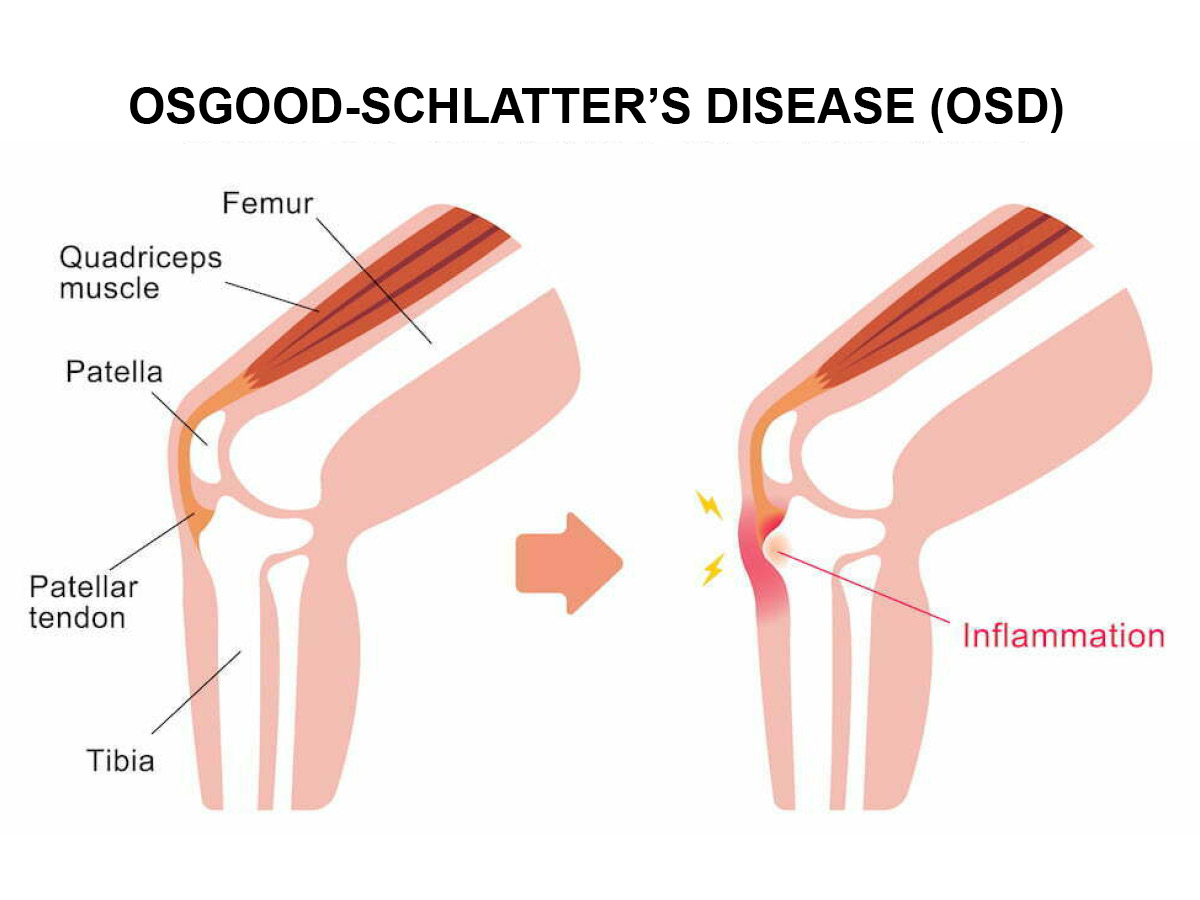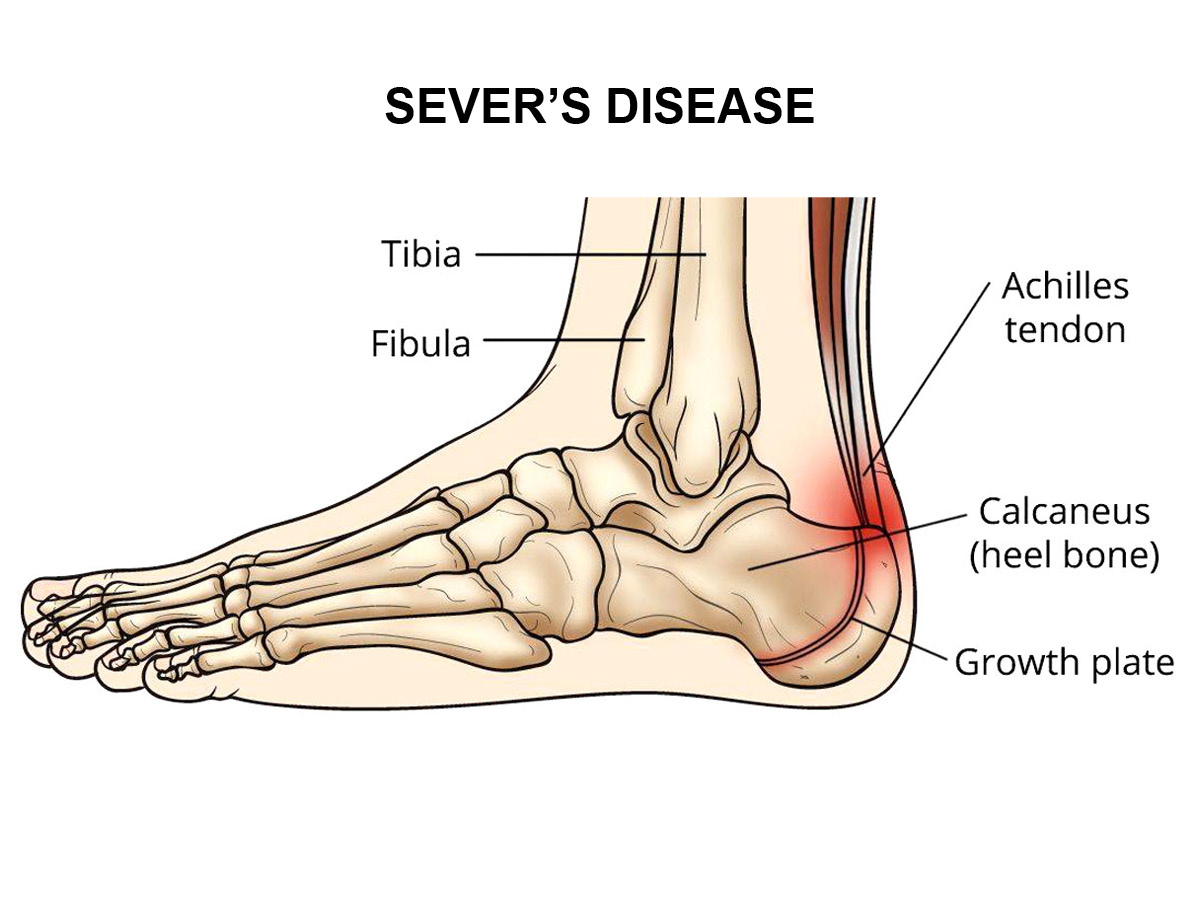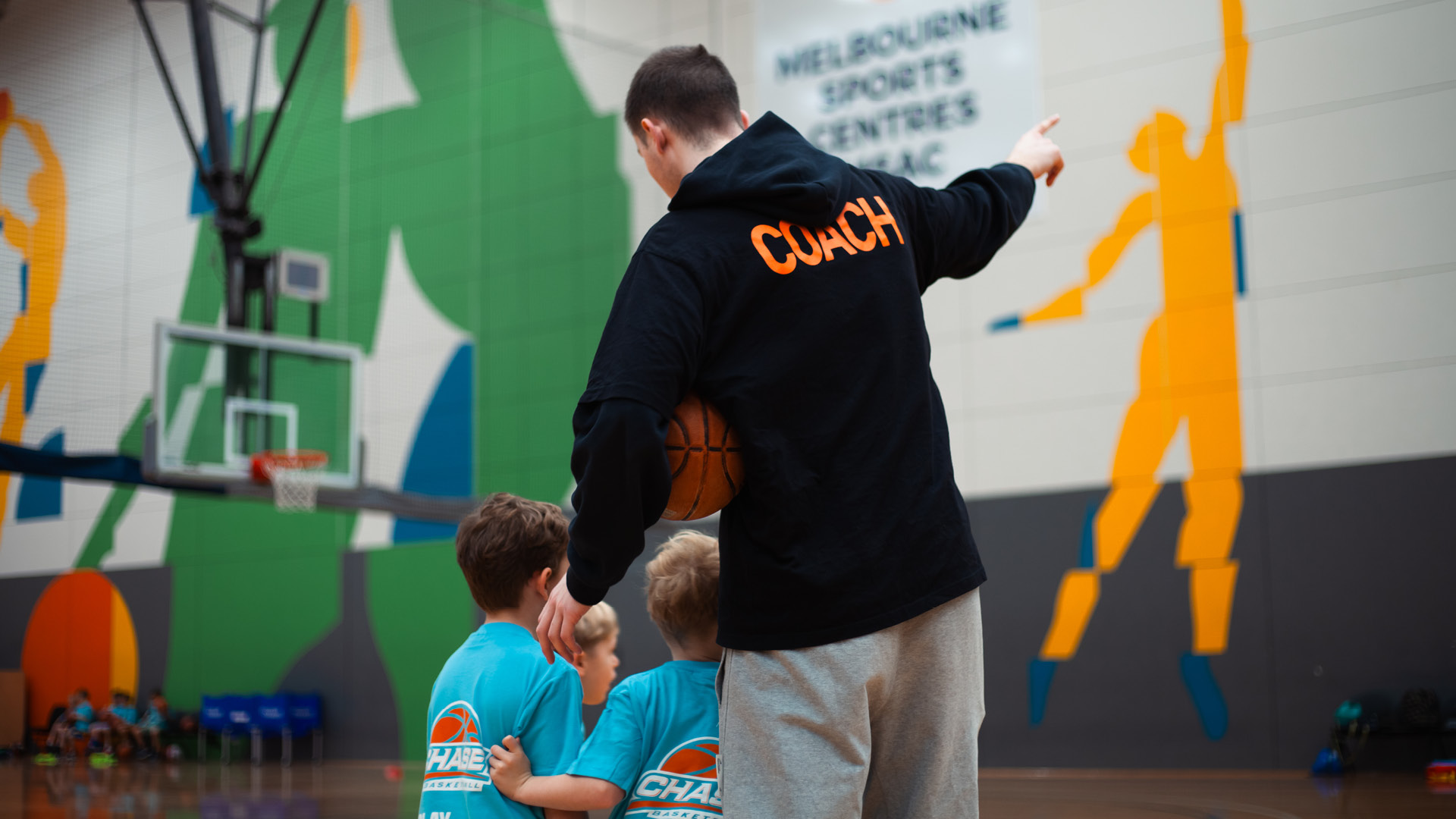25 Years of Chase Basketball
Chase Basketball proudly celebrates 25 years of empowering young athletes and strengthening the basketball community. Thanks basketball and Chase families!
*Disclaimer: Chase Basketball is your basketball specialist, we are not medical professionals. The following information is for reference purposes only. If you have sustained an injury, we recommend seeking the consult of a medical professional*
Part of the appeal of basketball is the speed and physicality of the game. Players are encouraged to give 100% when on the court. From pushing on a fast break to hustling on defence, the game is quick and challenging. Due to the physical demands, basketballers can be subject to injury. At Chase, we believe it is important that players, coaches and parents understand how to identify an injury, how to correctly rest to heal and how to prevent future injuries from recurring.
Sprains are one of the most common forms of injury in sports. In basketball, ankle sprains lead all other injuries. A sprain is when the ligament is stretched too far or to the point where it tears. Usually the pain alone will be enough to tell that a sprain has occurred, however other indicators include tenderness, swelling, bruising, muscle spasms and weakness. If you are struggling to tell if a ligament is sprained, generally the affected player will experience poor range of motion and have very little strength.
Resting the injured body part is the best way to a quicker recovery, however there are other ways to improve the health of the sprained area. Paracetamol can be helpful for the pain, while Ibuprofen and ice packs can aid with the swelling. Bandaging for support and maintaining elevation are also helpful. Remember the RICE strategy; rest, ice, compression, elevate. There are also preventative measures you can take to avoid future sprains. Include strengthening exercise in your training regime. Make sure you warm up, then stretch and cool down after training or playing.

Osgood-Schlatter Disease is a swelling of the growth plate in the area in the knee that connects the top of the shin bone to the tendon attached to the kneecap. The injury generally only affects children who are experiencing a growth spurt and/or are physically active regularly.
In order to identify OSD, there will usually be visible swelling below the knee cap. There will be pain when applying pressure to the affected area. The disease affects the knee so that any movement, whether it be running, jumping or walking, may result in more pain and increased recovery time. The consensus method to assist with OSD is simply to rest and monitor the knee. In many cases, this involves taking a break from all sport and physical activity until you have recovered (as terrible as that may sound!). Alternative and extra measures for additional support include shock-absorbing shoes, heat packs before physical activity or ice packs for after, protective gear, and anti-inflammatory medication.

Similar to OSD, Sever’s Disease predominantly affects growing children, however impacts the heel by inflammation to the growth plate, as opposed to the knee. The recovery time for someone with Sever’s is generally between two weeks and two months, meaning you’ll be back on the court before you know it! Children experiencing increasing levels of pain in their heel should be checked for Sever’s. The heel should feel tender and pain should proceed when putting pressure on the affected area. Like OSD, physical activity like running and jumping is how Sever’s develops, and often a leading cause of the disease is poorly supported or flat shoes.
In order to allow the Sever’s to heal, it is recommended to take a break from physical activity. Medication in conjunction with heat and ice packs assist in returning the heel to health. If the pain persists, physical therapy, daily stretches and custom shoes with an elevated heel and/or cushioning for shock-absorption are more advanced means of recovery.

Bruises are hard to avoid and extremely common in most sports. A bump, knock or collision involving any part of the body can result in blood vessels leaking out under the skin, creating the distinctive purple mark recognised as a bruise. Bruises fade with time and aren’t particularly dangerous. However they can often be painful and the severity can be harmless or in some cases debilitating. In order to get back onto the court ASAP, methods to reduce pain include ice packs applied to the affected area for around 15 minutes 3 times a day, elevating the bruise, compressing any swollen areas, and pain medication if necessary. Follow the RICE strategy, just as you would when treating sprains.
Concussions are currently at the forefront of everyone’s attention in the sport’s world. More emphasis has been taken in all contact sports on protecting the head. Trauma to the brain can gravely impact a person, even after an athlete finishes their career. Fortunately for us at Chase, basketball remains mostly a non-contact sport. However, this doesn’t mean that concussions don’t occur in basketball and shouldn’t be taken seriously.
A concussion will sometimes be accompanied by a headache and dizziness, as well as confusion or memory loss. It is important after a knock to the head that the athlete is inspected for symptoms of a concussion by a medical professional ASAP. If there are even small signs of a concussion, the athlete should not return to gameplay or training until the severity is understood.
Serious concussions can cause blurred vision, nausea, sleep problems and even depressive episodes. Any impact to the brain can cause a concussion; there is no scan or x-ray that can definitively confirm one. Hence, it is important to get a professionals opinion.
Recovery involves mainly rest, sitting out from any physical activity and even putting away anything that requires too much brainpower (like homework!). Sleep is a major help on the road to recovery, as well as decreasing the amount of time spent in front of a screen or listening to loud music. Repeated concussions can over time seriously impact someone and should be diligently and carefully managed.
Please seek the advice and opinion of a medical professional if you or your child has suffered a concussion.

Chase Basketball proudly celebrates 25 years of empowering young athletes and strengthening the basketball community. Thanks basketball and Chase families!
Chase is excited to announce a new partnership with the Melbourne Central Basketball Association (MCBA), a collaboration that will further strengthen basketball development at Melbourne Sports and Aquatic Centre (MSAC).
Learn about the five most common injuries for junior basketball players and how to best to manage them.
Chase athletes and Coaches who have been awarded for their dedication, skill and progress in VJBL for 2024.
For parents, the school holidays can be a stressful time. Find out why you should choose Chase Basketball Holiday Camps and give yourself well deserved time off this holiday break.

Melbourne’s Basketball Coaching Specialists.